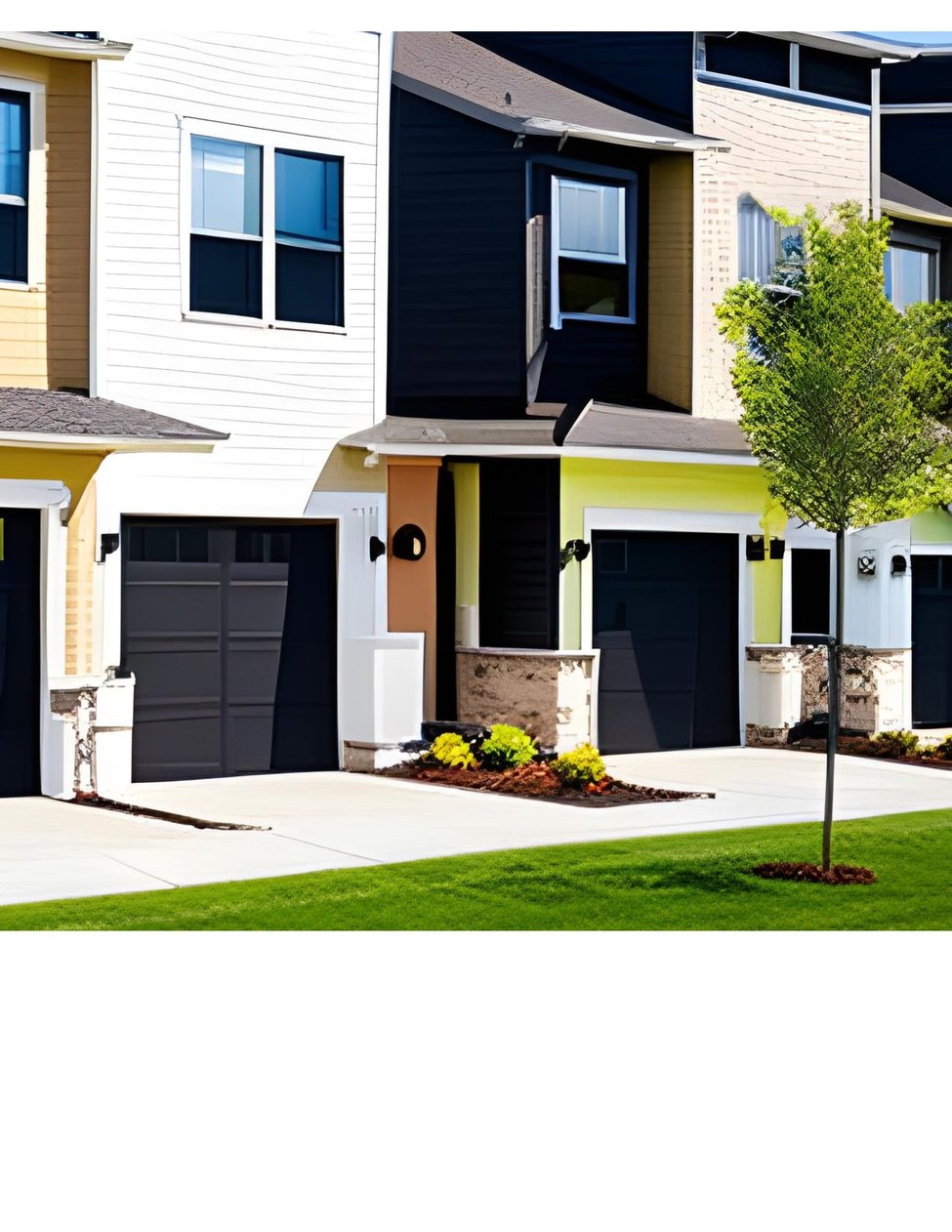When diving into the world of real estate, especially in Ontario, Canada, you might come across the term "Parcel of Tied Land" or POTL. While it may sound like legal jargon, understanding POTL is crucial, particularly if you're eyeing a property that falls under this category.
What Is a Parcel of Tied Land (POTL)?
In essence, a Parcel of Tied Land is a piece of land that is legally "tied" to a common element condominium. This means that while you own the land and the house built on it, there's a connection to shared amenities or facilities, like a private road, park, or parking lot, which are managed through a condominium corporation. The key thing to note here is that POTL properties combine elements of both freehold ownership and condominium living.
How Does It Work?
Imagine purchasing a home in a community where each house sits on its own plot of land, but the road leading to the houses, the playground, or even the visitor parking spots are shared by all homeowners. These shared spaces are maintained collectively, and each homeowner has a financial obligation toward their upkeep through monthly fees, similar to condo fees but typically lower.
With a POTL, you have full ownership of your parcel of land, but it’s “tied” to a condominium corporation that manages these common elements. This tie means that if you own a POTL, you are automatically part of the condominium corporation that governs these shared facilities.
The Pros and Cons of Buying a POTL
Pros:
Full Land Ownership: Unlike traditional condos, where you only own the interior of your unit, with a POTL, you own the land and the home on it. This often provides more privacy and control over your property.
Lower Fees: While you do pay monthly fees for the upkeep of common areas, these are typically lower than traditional condominium fees since they don’t cover building maintenance or amenities like gyms and pools.
Community Atmosphere: Living in a POTL community often fosters a strong sense of neighborhood and shared responsibility, as homeowners collectively manage and enjoy the common elements.
Cons:
Less Control Over Common Elements: Even though you own your land, decisions about the common elements (like roads or parks) are made collectively by the condominium corporation, which can sometimes lead to disagreements or frustration if you’re not aligned with the majority.
Monthly Fees: While lower than traditional condo fees, you still have to budget for these monthly contributions to maintain the common areas. This adds to your overall housing costs.
Resale Considerations: POTL properties can be more complex for buyers to understand, which might affect resale value or how quickly you can sell your property.
Is a POTL Right for You?
Deciding whether to purchase a POTL property depends on your lifestyle and what you value in homeownership. If you like the idea of owning your land but also appreciate the shared management of certain community aspects, a POTL could be an excellent choice. However, if you prefer complete autonomy over every aspect of your property or dislike the idea of mandatory monthly fees, you might want to consider other options.
Understanding the nuances of POTL can be a bit tricky, but it’s an increasingly popular type of property in Ontario, particularly in urban and suburban developments. As with any real estate purchase, doing your homework and consulting with a knowledgeable real estate agent can help ensure you make the best decision for your needs.
.png)
